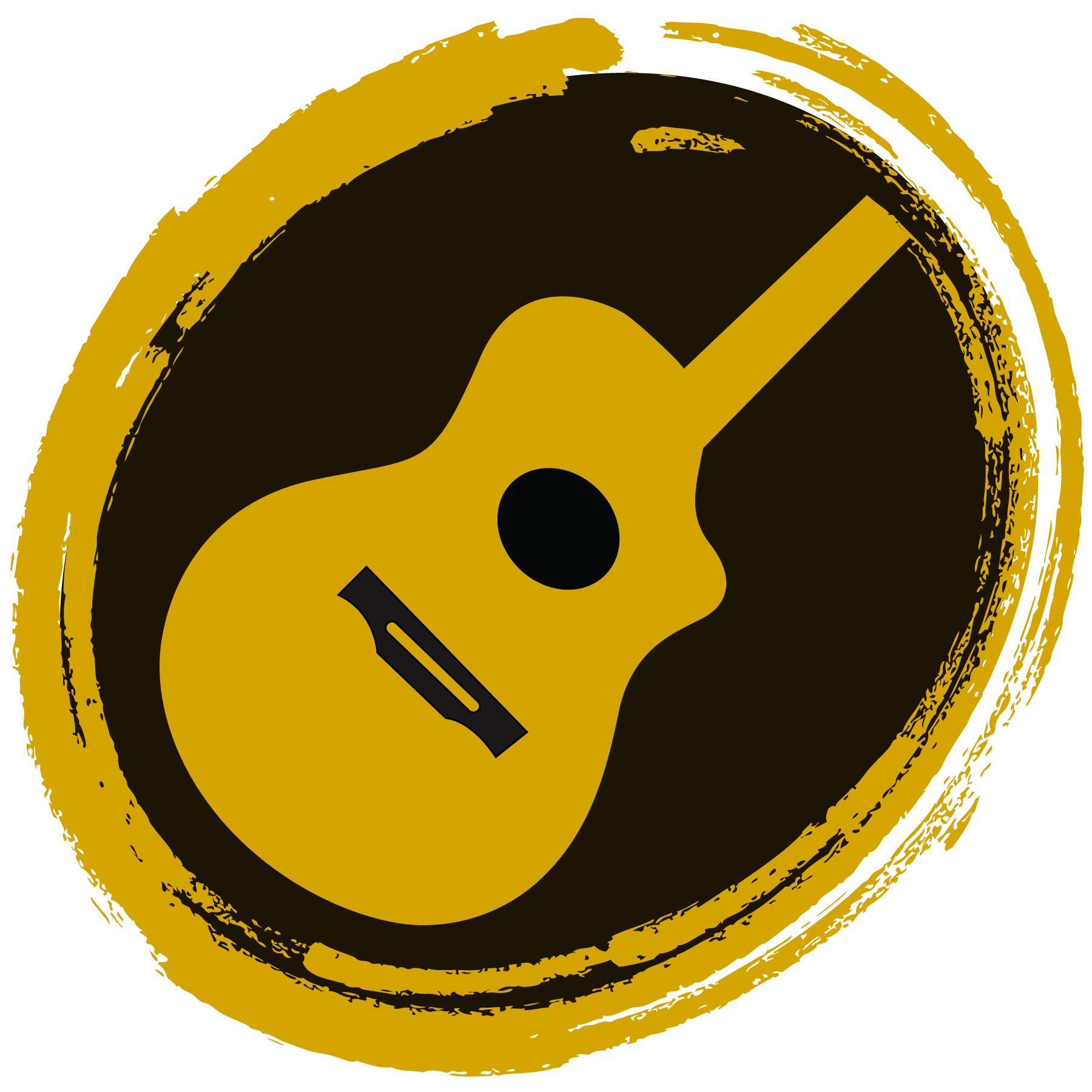Hi, I’m a beginner who just started learning the F barre chord.
I can’t get string 1 and 2 to ring clearly without applying insane force. Hmm I guess I have to just keep practicing until I can make it ring clearly without much effort.
How was your F barre chord journey? I’m sure experienced players here can enlighten my path.
I practiced my f barre for a few months and it was so difficult that I took a break from guitar for a while. Then I played it on someone else’s guitar and it was easy.
That’s how I learned the action on my guitar was too high. A setup by a luthier fixed that.
My broken truss rod might actually be a problem…
You’ll be surprised how little force you’ll be using later on versus what you’re using now. Things will get more and more efficient as your technique improves. But until then, someone else here suggested rolling your barre finger back a bit so you’re fretting the barre more with the side of your finger. That’s good advice as the side of your finger is a bit bonier, and the strings can’t get lost in the creases at your finger joints as easily. Another thing that helps is instead of squeezing so much with your hand, pull back on the neck with your whole arm and use some of those larger muscle groups to apply pressure to the fretboard. Some people use a sort of downward version of that where you use the weight of your arm to add pressure in a down and back direction.
One thing to keep in mind which may help is that you don’t need to hold your barre across all six strings. Your other fingers are covering the A, D, and G strings, so you only need to focus your barre on the E, B, and e strings. And when all else fails you can consult Uncle Ben .
I’m a couple years into my acoustic guitar journey and it’s still very much a stickler for me.
Something that massively helped was a friend mentioning I should make sure my guitar was “set up”. I took it into a guitar shop and asked and it turns out that on brand new guitars there are often some small adjustments to the neck, bridges and frets that can really improve how hard you have to press for the note. Guitars may warp slightly over time as well depending on their storage, climate etc… so sometimes tweaking can be needed later in it’s life. And some people prefer certain tweaks, lower versus higher action. So even if you guitar isn’t new it might still need some tweaking for you.
I’d never heard anyone mention it before my friend did (and not much since) and it made a big difference in my case. I went from slightly dreading my practice sessions to feeling much more enthusiastic. It was just that much easier to play. Might be worth asking about. No idea if it really applies on electric if that’s what you’re playing.
Best of luck, I’ve had a fun ride so far and I hope yours is too!
Gets a little easier, but I still have to concentrate to make it sound clear to this day (20+ years later), but its much easier on the electric than on the classical guitar I learned on.
It gets easier. For me the correct positioning of the thumb on (back of) the neck reduced the needed force drastically.
It’s different for everyone (different hand shapes and sizes), but what worked for me was rolling my wrist towards my thumb so that the side of my index finger is what was pressing down on the fretboard instead of the bottom of my finger. It’s not roatated that much. Like, if your fingernail is 12 o’clock and the pad of your finger tip is 6 o’clock, I rotate my hand enough to press down on the fretboard with with about the 7:30 part of my finger.
Also remember you only need to make contact with the fretboard where those strings play. So just 1, 2, and 6. You don’t need the middle 3rd of your finger to press down. So arcing your finger helps a lot. You need a strong press with the bottom 3rd of the finger, and strong press with the top 3rd / tip.
It’s a pain in the ass for sure. I got a lot better by playing F# or G cleanly and easily then transitioning down to F. I did a few strums on each back and forth while watching TV. After doing that for a few weeks I was able to play F much better.
I still flub it if I haven’t played it for too long but it comes back fairly quickly.
I remember learning to play this stupid chord for a couple of months. How I used to look up my favorite songs and pray there was no F in there! It really was just a matter of practice until they became natural and now, they’re probably the chord shape I play the most since they’re movable!
I’ll echo the advice from some others in this thread.
- Getting your thumb in the right position to support your index finger takes a lot of the stress and fatigue off your hand
- rolling that index finger a bit more to the side lets you use the straighter and bonier part of the finger so it’s easier to keep the pressure applied to where you need it (which is really only 3 strings)
Good luck! Eventually when it clicks you won’t even think about it anymore ☺️
“Looking for songs without an F”, yeah that’s literally me right now.
Thank you and everyone else here for the advice.
I remember that A open chord was once impossible for me but now it just feels natural. I’ll update this post once I can say the same for F barre chord. Probably in a year or so 🙂.
The F chord (like other bar chords) became a lot easier for me once I realised that I don’t have to press down six strings with the index finger, only three.
Everyone feels this way. For me, positioning my thumb and holding the guitar neck closer to 45 degrees made this cord (and almost everything else) much easier. When you are struggling, it can also mean that your hand muscles are getting tired. Take a break and come back to build up strength.
If your nut is a bit high, try putting a capo on the first fret and play everything the same, but a key lower.
Also advice from Marty Schwartz is to stop avoiding songs with F. Just play them with a poor F. They will start to clear up. F is hard to practice on its own because you use too much pressure at first and it tires your hand out quickly.
Found it much easier than B minor, once I cracked that I would say I was able to play guitar. Good luck!
i avoided playing songs with it but then i saw taylor swift play the ““cheater”” version (x33210) and now enjoy playing the chord
I believe the cheaty version is either (x3321x) or (x33211) or else you’re throwing a maj 7th on there.
I put my hand in position adjusting until all the strings rang and held it for 30 seconds at a time making sure the strings kept ringing true throughout the exercise. Then practiced jumping from other chords with a metronome faster and faster until it just became another chord.
It’s more of a muscle memory and tendon strength thing and tendons take a lot longer to strengthen than muscles.
I kinda stopped caring about it and over time, on electric at least, it sorta just came along. I think there was just general strength development over time in the index finger as well as learning how to position the bar optimally for your particular finger and the shape of your guitar’s fretboard.
That being said, I’m not sure it’s worth stressing over. Unless the kind of things you want to play are all about that kind of sound, bar chords are somewhat overrated IMO. There are other ways to play the F harmony without stressing about that bar and other ways to play chords beyond the E-shape bar chord … all of which are pretty valuable to learn and might, depending on what you want to play, be a better investment of your time.
Just in case you don’t know what I mean by other ways to play F … the most direct would be to drop the low F on the low E string but keep all of the other notes. IE, fret like so: “X33211” with the “11” on the B and high-E strings being a mini bar with your index. You can simplify this even further by dropping the note on the A string and just having “XX3211”. A nice perk of playing it this way is that the Maj7 is easily available by lifting the index off of the high-E string to play it open. You can also add your pinky on the 3rd fret on the high-E to hit the Maj9, a very nice chord.
Going beyond that, you can take the open C chord and slide it up the fret board, and don’t play the low-E and put a mini bar over the three high strings where the G and high-E strings would be open on the C chord, and you’ve got a different way of playing major chords. Here again you can not play the note on the A string and just play the four high strings, or not play the high-E string and just play the middle four strings.



